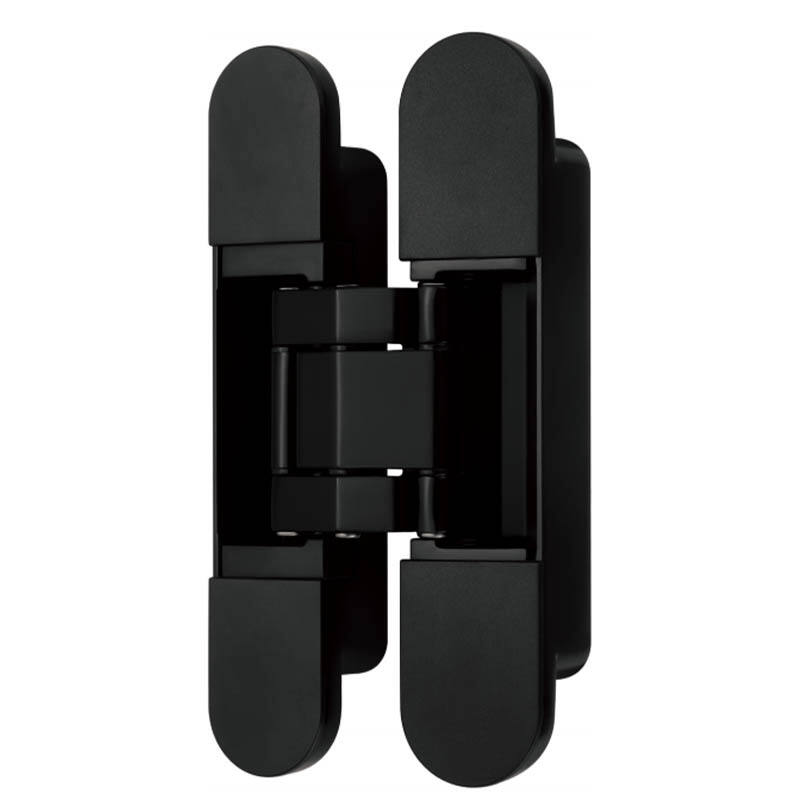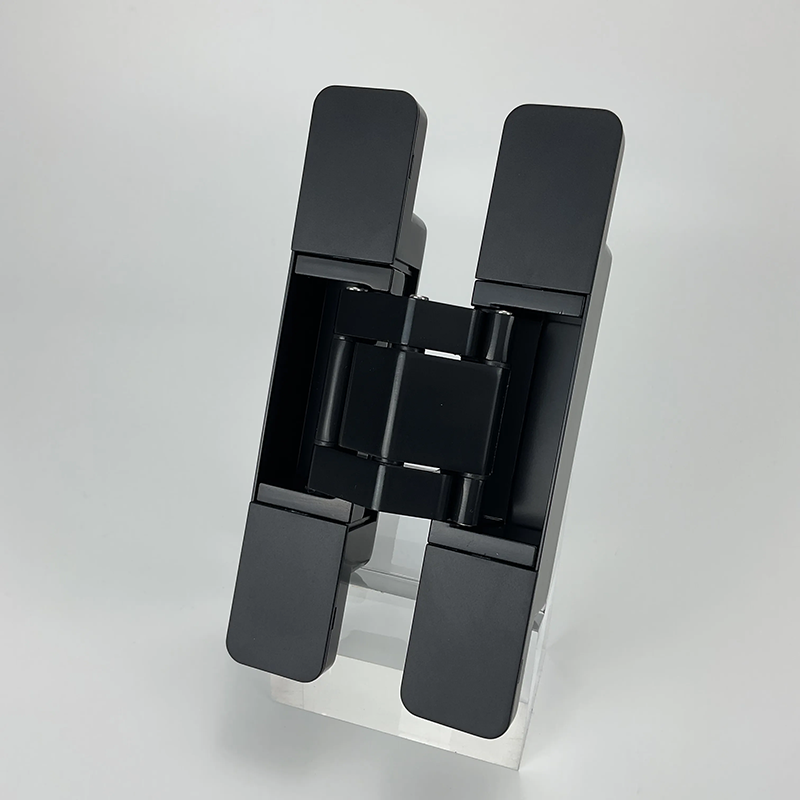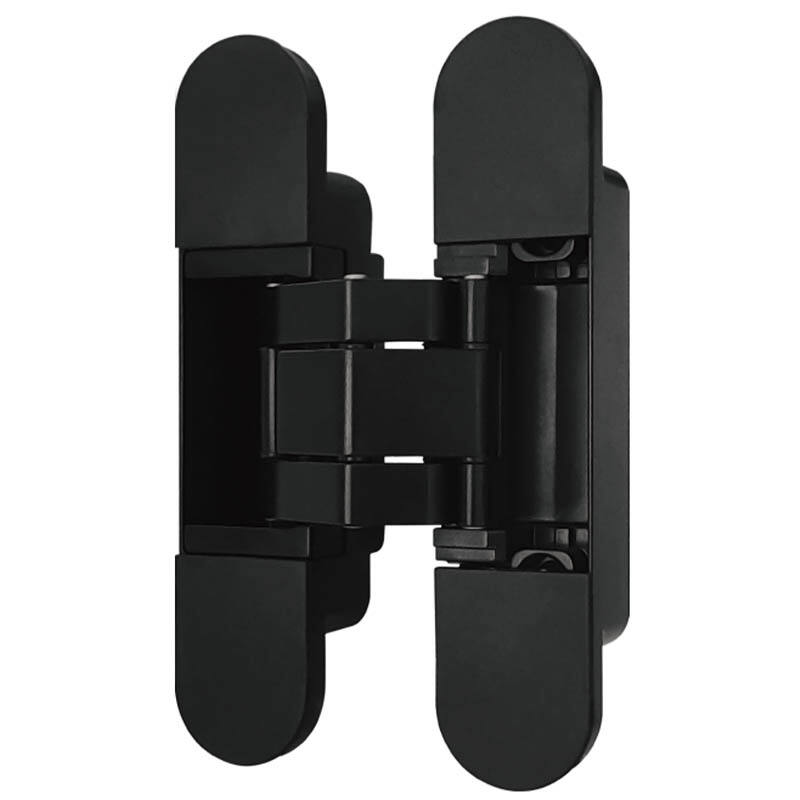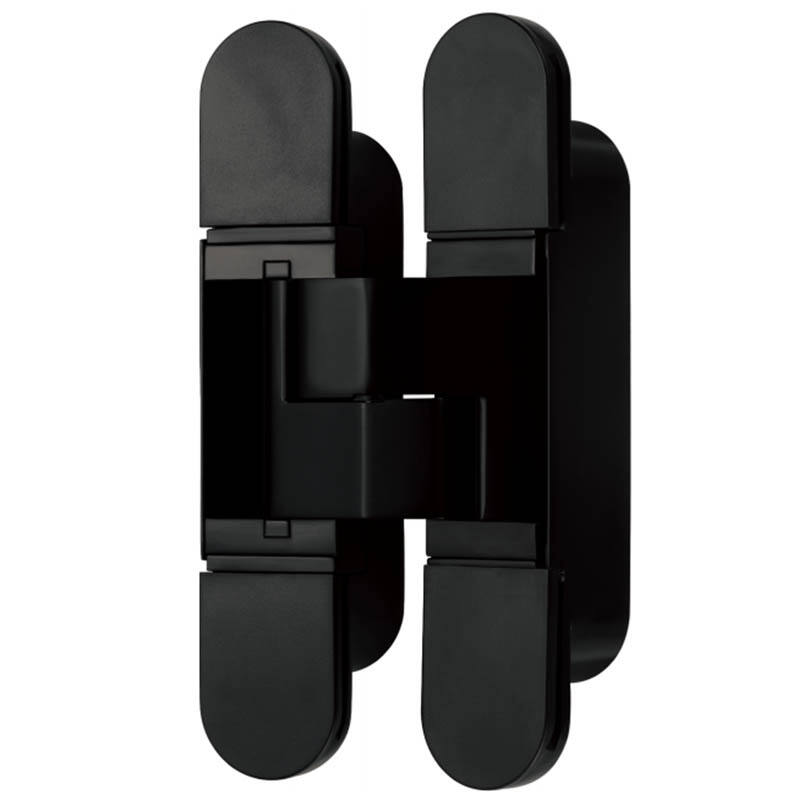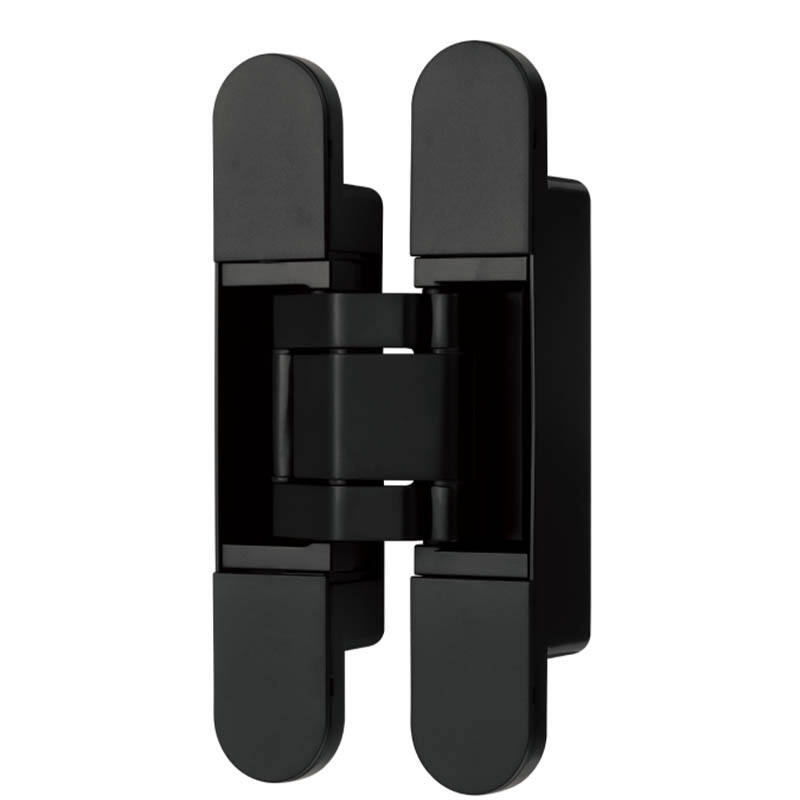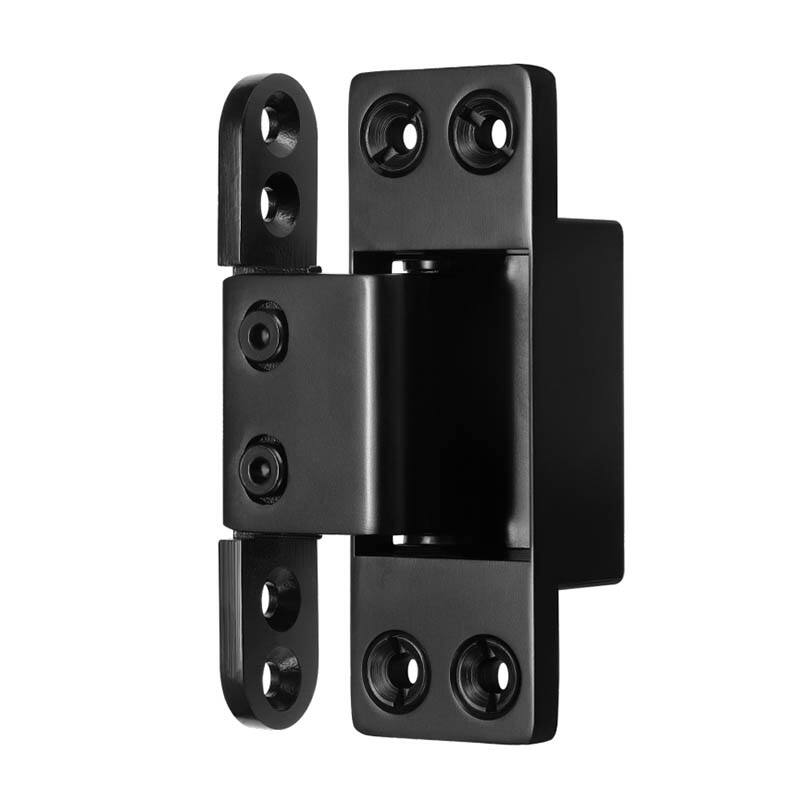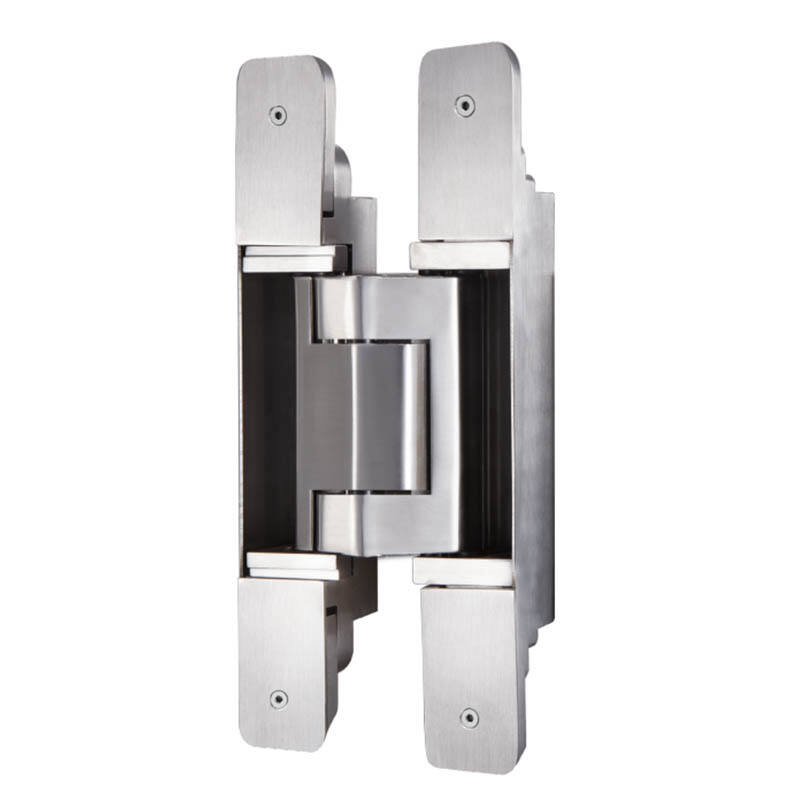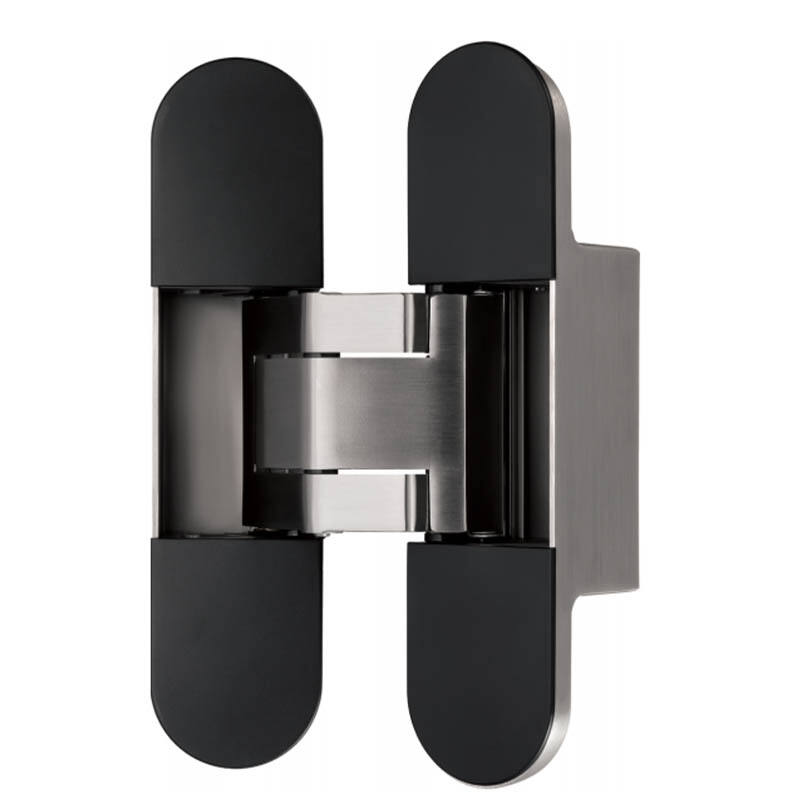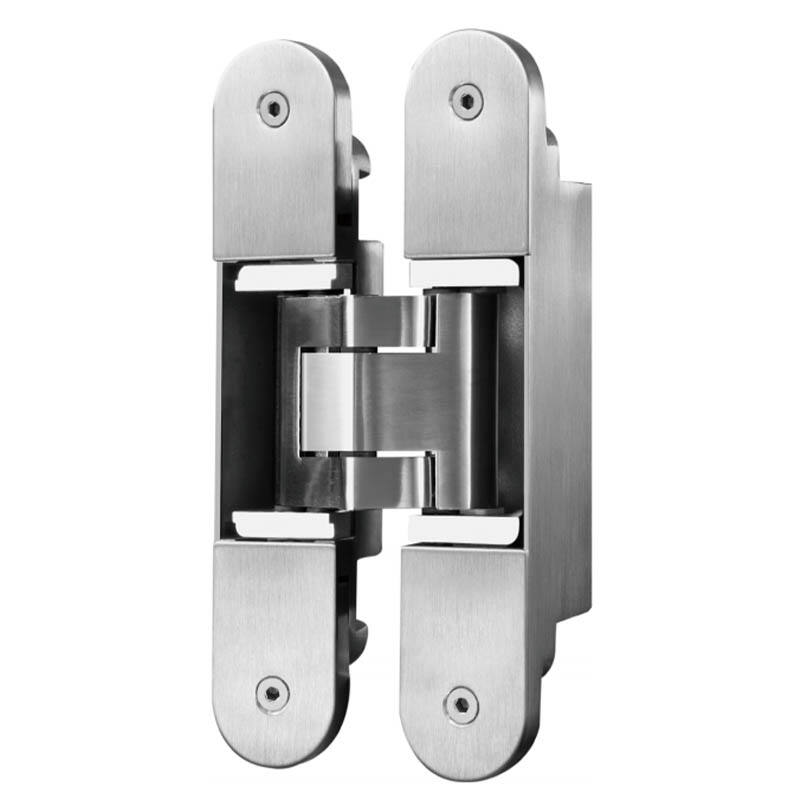Differences and advantages and disadvantages between stainless steel hinges and zinc alloy hinges
Understanding the Materials: Zinc Alloy and Stainless Steel
Zinc alloy hinges stand out because they mix zinc with other metals such as aluminum, magnesium, and copper in their makeup. These special blends go by the name ZAMAK alloys and offer good strength while keeping manufacturing costs down. That's why we see them all over places like car factories, appliance manufacturing plants, and tool workshops. What really sets them apart is how well they work with high pressure casting methods, letting manufacturers create intricate designs even when making thousands of units at once. Another nice feature worth mentioning is that over time, a protective layer of zinc carbonate forms naturally on the surface. This helps fight off rust and wear, which explains why so many outdoor tools and fixtures rely on these hinges despite needing something that lasts longer without breaking the bank.
Stainless steel hinges really stand out when it comes to resisting corrosion. Made mostly from iron mixed with around 10.5% chromium, these hinges develop a natural protective coating called chromium oxide that stops rust from forming. Because of this property, they're absolutely essential for buildings and structures that face constant moisture and weather conditions. Contractors love working with stainless steel not just because it lasts forever but also because it looks good too. The combination of visual appeal and solid strength means these hinges show up everywhere from bathroom doors to exterior gates where things need to hold up over time without falling apart.
Advantages of Stainless Steel Hinges
Stainless steel hinges really stand out for their ability to resist rust and wear over time, which makes them popular across all sorts of settings. Some research indicates these hinges might actually hold up for around a century before showing much sign of breakdown under normal air conditions. The reason behind this long life? Well, it's because stainless contains chromium that creates a protective film on the surface stopping rust from forming. When dealing with places that get wet a lot or have salt in the air, like near oceans or beaches, most people go for 316 grade marine stainless instead of regular old 304 grade. The 316 version handles those harsh conditions way better than its cheaper cousin does.
Stainless steel hinges stand out because they're strong enough to handle serious weight, which is why so many different sectors rely on them. Engineering specs show these hinges can take on pretty hefty loads without falling apart. Take those heavy duty hidden hinges for instance. Made from stainless steel, some models can actually hold over 200 lbs. That kind of strength matters a lot when something needs solid support, especially in industrial settings where failure isn't an option.
Stainless steel hinges work great in so many different fields these days. We see them everywhere from buildings to cars and even boats out at sea. Construction workers rely on these hinges for doors and panels that need to hold up against all sorts of weather and wear. Car manufacturers love stainless steel because it lasts longer than regular metal and looks better too. Boat builders especially appreciate how well these hinges stand up to salt water and constant humidity without rusting away. From tiny hidden hinges in sleek building designs to massive industrial applications where strength matters most, stainless steel just keeps delivering what people need both functionally and visually.
Advantages of Zinc Alloy Hinges
When it comes to saving money, zinc alloy hinges beat out stainless steel options hands down. The reason? They're made from cheaper materials like zinc and copper instead of pricier metals. Budget conscious builders and DIY enthusiasts often go for these because they just don't have the funds for the premium stuff. Some quick math shows zinc alloy hinges typically cost around 30 percent less than their stainless steel cousins. And here's the kicker they still work just fine for most applications. Sure, they might not last forever in harsh environments, but for indoor use or temporary installations, the savings make all the difference.
Zinc alloy hinges have a real advantage when it comes to being light, making them much easier to install and cutting down on how heavy things get when put together. This matters a lot for certain uses where every ounce counts, think about stuff like temporary buildings or those sleek modern cabinets that need to stay light. The lighter weight means workers can handle them without struggling during setup, plus it puts less strain on whatever they're attached to. Structures last longer this way and don't wear out so fast from constant stress.
Zinc alloy hinges offer tremendous design freedom, letting architects customize them to match pretty much any building style they can imagine. These hinges can take on all sorts of complex shapes and decorative elements, which explains why so many contemporary buildings feature them when looks matter most. What really sets zinc apart though is how it stands up against rust and weathering. Even those fancy ornate designs stay looking good year after year without losing functionality, something that cheaper materials just cant match in the long run.
Disadvantages of Stainless Steel Hinges
Stainless steel hinges tend to come with a bigger price tag right from the start compared to options such as zinc alloy hinges. Why? Well, stainless steel just costs more to begin with, plus it takes extra work to manufacture properly. The whole production process involves careful preparation and premium materials that resist rust and corrosion over time. All this quality comes at a price point that many find tough to swallow, especially for those working on tight budgets. When someone needs several hinges for a project, the total adds up pretty quickly, making stainless steel a tough sell against cheaper alternatives despite its long term benefits.
Stainless steel hinges do have one downside though they tend to scratch pretty easily, which really ruins their nice appearance. Even though people think stainless steel lasts forever, those surfaces will eventually show marks, particularly in places where lots of folks walk by daily. To keep things looking good, some folks apply special coatings or grab specific cleaners designed for metal surfaces. These little tricks go a long way toward keeping hinges looking sharp while they continue working properly. For businesses concerned about how everything looks, regular cleaning sessions become almost mandatory if they want those shiny hinges to stay attractive month after month.
Disadvantages of Zinc Alloy Hinges
While zinc alloy hinges do save money upfront, they just don't hold up as well as stainless steel options when it comes to strength. The numbers tell the story pretty clearly zinc alloys sit at roughly 200 to 400 Newtons per square millimeter for tensile strength, whereas stainless steel ranges from about 520 to 750 N/mm². What does this actually mean in practice? Simply put, zinc hinges tend to wear out faster when subjected to significant weight or stress over time. That's why most manufacturers steer clear of them for applications requiring serious durability, especially in places like commercial furniture or industrial equipment where those hidden hinges need to support substantial loads without failing unexpectedly.
Zinc alloy hinges tend to rust pretty quickly in some settings, especially places where there's lots of moisture in the air. We've seen from testing that these alloys start showing signs of corrosion much faster in damp conditions because they form zinc oxide on the surface. To keep them looking good longer, folks usually need to apply special coatings or do regular maintenance checks every few months. Stainless steel concealed door hinges work much better in tough environments since they just don't corrode like zinc does. Anyone installing doors in areas with high humidity really needs to think about this difference before making a purchase decision. The right choice can save headaches down the road.
Comparison: Performance and Applications
For applications needing something that lasts a long time, stainless steel hinges tend to be the go to option most of the time. These hinges resist rust really well and pack a lot of strength without being too heavy, which makes them perfect for factories, equipment covers, and stuff installed outside. Manufacturing plants and construction sites regularly use stainless steel hinges when doors or panels need to open and close many times throughout the day. The material holds up against constant movement and harsh weather conditions better than other options available on the market today.
Zinc alloy hinges tend to work better indoors and in furniture setups where weight matters quite a bit. They're light but still pretty sturdy stuff, so they fit well in cabinets, inside doors, and all sorts of furniture that doesn't need to withstand the kind of punishment industrial hardware gets daily. What's interesting about these zinc alloys though? Their lightness actually helps with looks too. That's why many designers keep coming back to zinc for projects where appearance counts just as much as function.
When deciding between stainless steel and zinc alloy hinges, what matters most is how they'll be used in practice. Stainless steel works best in tough situations where durability counts, like outdoor installations or industrial settings exposed to extreme weather. Sure, it costs more upfront, but it lasts longer under stress. Zinc alloy hinges make sense for indoor projects or places where weight isn't an issue, especially if appearance matters for customer-facing areas. The key thing? Look at exactly what the job requires before making a decision. Sometimes paying extra now saves money later, while other times budget constraints simply dictate the right choice for the situation at hand.
Summary of Advantages and Disadvantages
Stainless steel hinges pack serious durability, resist rusting even in harsh weather, and work great outdoors where things get tough. They're basically built for jobs that need real strength over time. Zinc alloy hinges tell a different story though. These are much lighter on the wallet and body weight, which makes them perfect for stuff inside the house or office furniture where weight matters. Sure, stainless steel comes with a higher price tag upfront, but it pays off down the road when those hinges keep working without issues. The zinc ones save money at first glance, but folks tend to replace them more often since they don't hold up as well against constant use.
Recommended Products
Hot News
-
Hidden Hinges: The Invisible Solution for Seamless Design
2024-11-08
-
The Advantages of Alloy Concealed Hinges in Modern Architecture
2024-11-04
-
Shedding water in the big river, struggling to break the waves----Jibang Group's 2024-2026 business goals and 2024 annual business plan meeting was successfully held
2024-01-22
-
The wind is strong and the sails are sailing. It is the right time to work hard.
2024-01-22
-
The company established a special project team and discussed different technical issues with foreign engineers
2024-01-22
-
Endless Learning Empowers Development -- Establishment of Jibang College and Launching of Guanggong Jiban Metal Materials Class
2024-03-22

 EN
EN
 AR
AR
 HR
HR
 CS
CS
 DA
DA
 NL
NL
 FI
FI
 FR
FR
 DE
DE
 EL
EL
 HI
HI
 IT
IT
 KO
KO
 NO
NO
 PL
PL
 PT
PT
 RO
RO
 RU
RU
 ES
ES
 SV
SV
 TL
TL
 IW
IW
 ID
ID
 LV
LV
 LT
LT
 SR
SR
 SK
SK
 SL
SL
 VI
VI
 SQ
SQ
 ET
ET
 HU
HU
 TH
TH
 TR
TR
 MS
MS
 IS
IS
 LA
LA
 KK
KK
 UZ
UZ
 KY
KY
